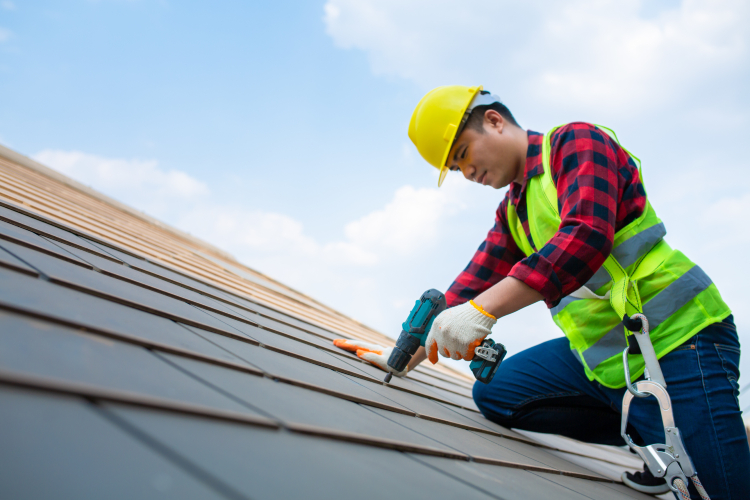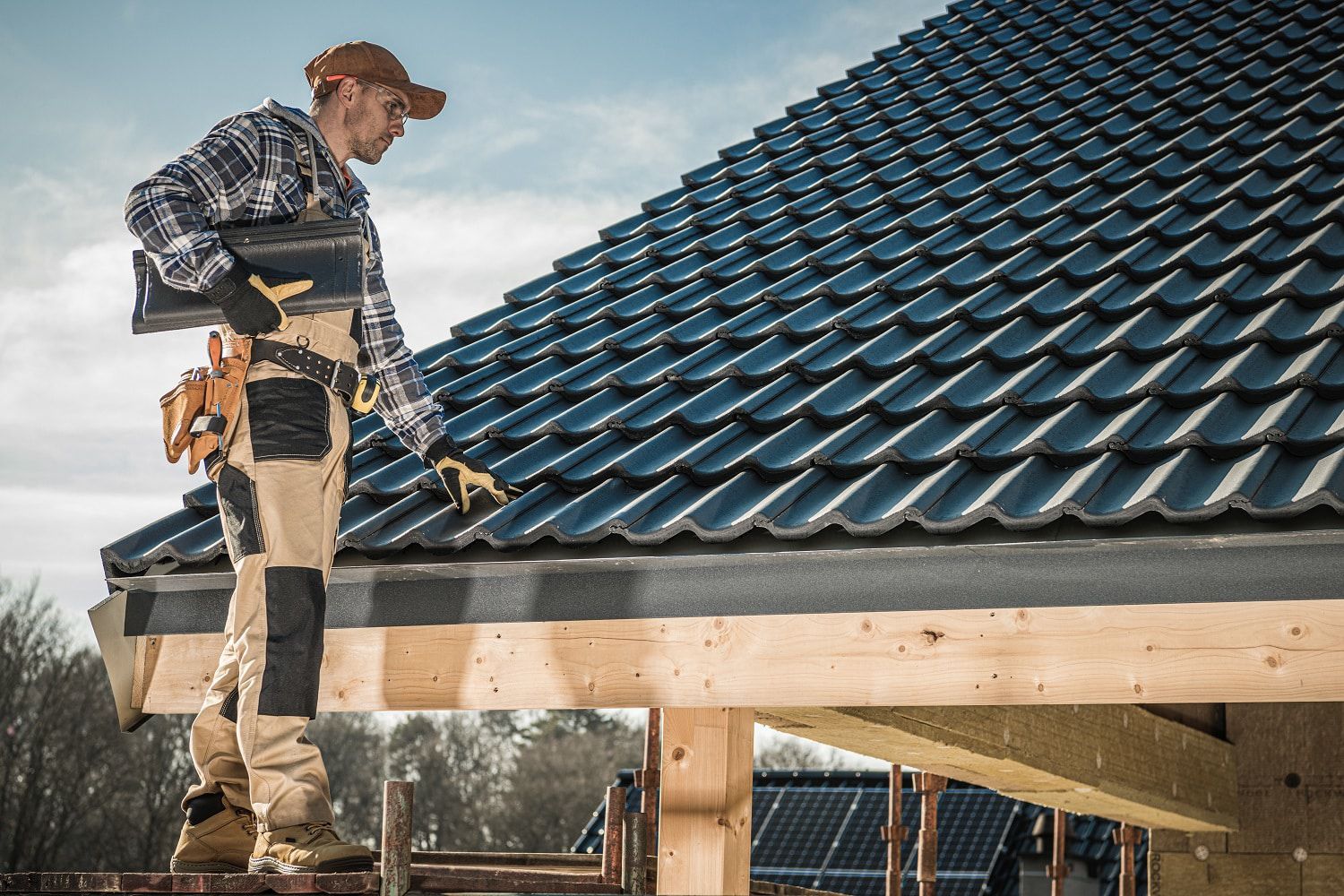Exactly How to Examine Various Roofing Options for Your Structure Demands
Evaluating roof covering options for your structure requires a thorough method that considers numerous elements such as the planned use of the framework, local climate conditions, and material characteristics - Sylvania Roofing Contractor. It is essential to weigh the advantages and drawbacks of various roof covering kinds, from asphalt roof shingles to metal and clay ceramic tiles, while likewise factoring in first expenses and long-lasting upkeep.
Examining Your Building's Demands
To effectively examine roof covering choices, start by thoroughly examining your structure's requirements. Begin by considering the building's planned usage, as different structures might necessitate varying roof requirements. Domestic roof coverings commonly focus on visual appeals and insulation, while industrial structures might concentrate on durability and load-bearing ability.
Next, examine the regional environment problems that will certainly influence roof covering efficiency. Variables such as temperature level fluctuations, rainfall degrees, and wind patterns can influence product option and design. A roof that masters a warm climate might not do also in locations susceptible to heavy snowfall or extreme warm.
Furthermore, assess the architectural stability of your structure. Make sure that the existing framework can sustain the selected roof covering materials, especially if taking into consideration much heavier alternatives. It is likewise crucial to assess any type of neighborhood building ordinance or guidelines that may determine specific demands for roof.

Comparing Roof Materials
When a detailed analysis of your building's requirements has been finished, the following action involves contrasting various roof covering materials. Each material supplies distinct advantages and drawbacks, making it important to align your choice with your particular requirements and situations.
Asphalt shingles are extensively acknowledged for their cost and ease of installment, making them a prominent option for household structures. On the other hand, steel roof, known for its durability and longevity, can hold up against rough weather but may feature a greater initial financial investment.
Clay and concrete ceramic tiles provide superb thermal insulation and aesthetic charm, particularly for Mediterranean-style style, yet they need an even more robust architectural support as a result of their weight. Timber trembles offer an all-natural look and good insulation residential or commercial properties however might demand more upkeep and are vulnerable to fire threats.
Assessing Cost and Spending Plan
Evaluating your roof covering alternatives requires a cautious assessment of cost and spending plan considerations. The overall spending plan for a roof task comprises several elements, consisting of product expenses, labor expenditures, maintenance, and prospective long-lasting savings. It is vital to establish a clear budget plan prior to exploring particular roof covering materials, as this will certainly guide the decision-making procedure and aid you avoid overspending.
Begin by obtaining quotes from several contractors to comprehend labor prices in your area. Ensure that these quotes consist of all essential services, such as removal of the old roof covering, setup, and any kind of extra functions, like insulation or ventilation enhancements - Roofing Contractor. Next, evaluate the price of different roofing products, taking right into account both initial setup costs and expected life-span

Understanding Energy Effectiveness
Power effectiveness plays an essential function in the choice of roof products and systems, substantially influencing both power intake and total convenience within a structure. An appropriate roof can enhance thermal performance, helpful resources decreasing the requirement for heating and cooling systems, which consequently reduces energy expenses and decreases ecological impact.
When evaluating roofing alternatives, think about products that reflect as opposed to absorb heat. Light-colored or reflective roofing products can considerably reduce roof covering surface temperature levels, resulting in lower power usage throughout warm months. Furthermore, proper insulation and ventilation are important to optimize the power effectiveness of the entire roof. Insulation prevents warmth transfer, while air flow alleviates heat buildup in the attic room area.
One more important factor is the roofing system's long life and maintenance demands. Long lasting products that require much less constant substitute add to long-term power financial savings. Additionally, the energy performance of a roof system can also be analyzed via its compliance with recognized sustainability rankings such as ENERGY CELEBRITY or LEED.
Considering Visual Appeal
A roof covering's aesthetic appeal dramatically influences the total appearance of a structure, matching its building design and enhancing visual appeal. Perrysburg Roofer. When assessing roof options, it is important to consider exactly how the picked product, shade, and layout will certainly balance with the existing structure and neighborhood. A well-designed roof covering can boost even the easiest of structures, changing them right into visual prime focus
Different roof products provide various visual top qualities. Typical roof shingles might stimulate a traditional appeal, while steel roof covering can impart a modern, sleek look. Furthermore, the color of the roof material plays a vital role; lighter tones can make a structure show up more spacious, while darker tones may create a cozier ambiance.
Moreover, building components, such as dormers and eaves, can boost the roof covering's aesthetic effect. It is suggested to seek advice from professional designers or engineers to ensure the picked roof covering choice aligns with the overall design intent. Inevitably, a roof needs to not just give practical benefits yet likewise contribute favorably to the building's aesthetic, mirroring the owner's taste go to website and the character of the surrounding environment.
Conclusion
